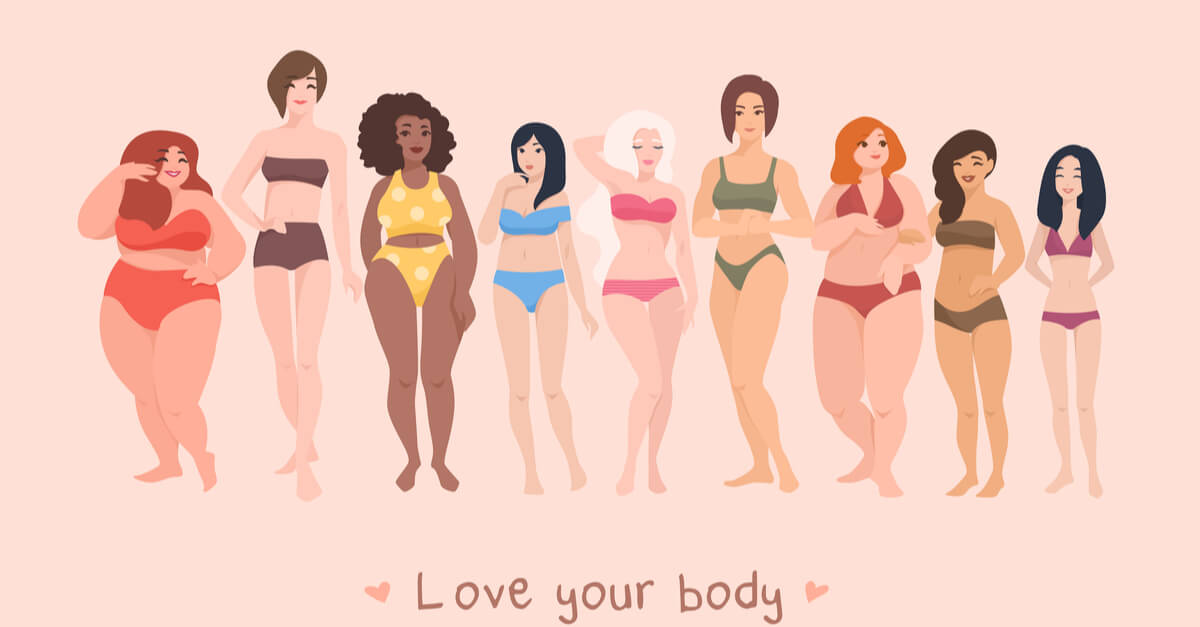Body image is the mental and subjective representation of our appearance, sometimes approaching the reality of our body, but sometimes it moves away very clearly, so body dissatisfaction is the result of attitudes, feelings and behaviors related to our appearance.
Most people show some discomfort with certain aspects of their body, which is normal, as long as disproportionate actions are not taken to alter, shape, or modify the part of the body in question.
- The term used to describe this situation is known as regulatory discomfort.
- Body dissatisfaction is when this disagreement leads us to exhibit behaviors harmful to physical and mental health in order to change the body image.
Due to the prevalence of bodily discontent in Western society, several studies have been conducted over the past 20 years to determine the causes, two main groups of variables were studied:
As can be seen, psychological factors are associated with social factors, in addition, the media and culture are positioned as the main mediators of people’s body image, in fact, as stated in one of the studies analyzed:
“Dissatisfaction can be caused by perceptual distortion, by the mismatch between the perceived and ideal body, or simply by disgust for the body itself, and may come from an unfavorable environment for certain ideal figures established by society. (Jiménez, Jiménez and Bacardí, 2017)
As mentioned above, our body image is conditioned by perceptual, emotional and internal behavioral components.
We live in a society that attaches increasing importance to body image, especially in Western culture, the thinness of women and the muscles of men are highly appreciated.
In this sense, the media constantly bombards us, inserting into our standards the beauty mold they project. In fact, the beauty and body industries have significantly increased their gains in recent years.
Although it affects all age groups, this message is more detrimental to adolescence, it is a period of change, research and non-compliance, so the influence of the messages young people receive from society and the media can affect them more than any other age group.
In addition to the above, some studies indicate that bodily dissatisfaction occurs before adolescence, alarming results that force society to take preventive measures.
Body dissatisfaction sometimes leads us to exhibit unhealthy behaviors with the intention of approaching the “ideal body”. For example, in relation to weight, behaviors such as restriction of certain foods, fasting, and excessive physical activity are associated.
In ty teen age, these behaviors can affect the body, causing fatigue, bone damage, gastrointestinal problems or nutritional deficiencies.
In the most severe cases, they can cause stunting, delayed puberty or eating disorders; in fact, body dissatisfaction is a good predictor of such disorders.
Eating disorders affect women more than men. However, in recent years the prevalence of these disorders has increased in men.
They often feel dissatisfied when they realize that their bodies are too thin or too fat and not muscular. On the other hand, women are mainly affected by the perception of their body volume.
To prevent all these problems from happening, there is an approach that has proven its effectiveness and is being used, for example, in schools, which focuses on promoting a critical view of the media message about body and weight, as well as accepting physics and promoting healthy nutrition and sport habits.

